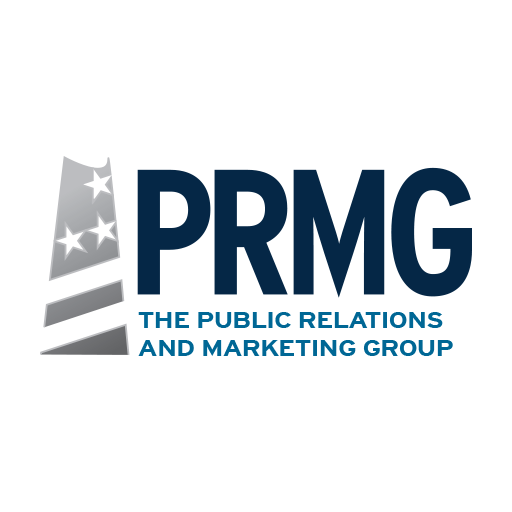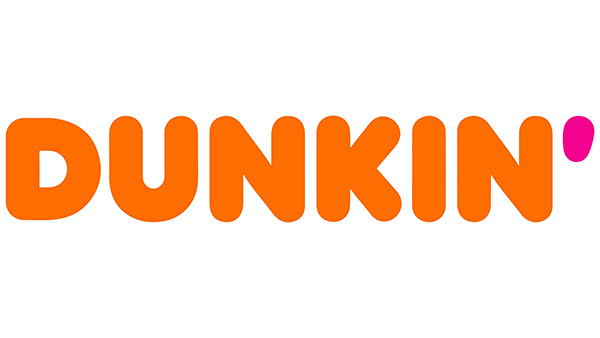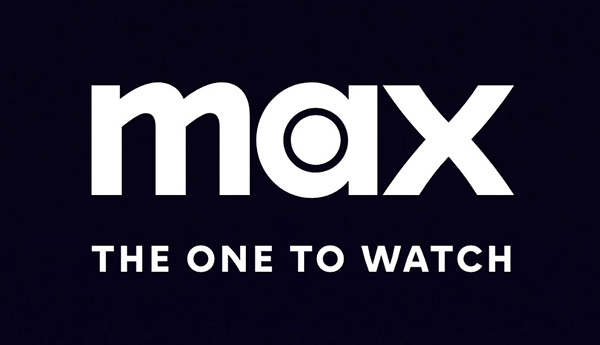
CRMs are, at their core, fancy databases with the potential for a lot more— if you make time to use them properly. They have their hand in every aspect of business from lead generation to result analysis, but almost every company uses them differently. Before committing to any service plan, you must decide what aspects of CRMs are most important for your business. Below is a list of the common uses for CRMs:
- Managing sales pipeline (including workforce and lead management)
- Lead Generation
- Database/server
- Content/Project collaboration
- Social Media Integration
- Reporting/Insightful data about your business
- Web/Social Media Metrics
Do you need all of these functions? Probably not.
After carefully considering the functionality of your desired CRM you arrive at the difficult part- which CRM is right for you and your organization. Salesforce owns the largest share of the CRM market, but has growing competition from high-end competitors who provide similar features where price is rarely an issue and from low-end competitors who offer less options at less than half the price.
Does my company need a CRM? This is a question that can probably only be answered by management. Do you have high rates of stagnant leads? Do you have insufficient levels of leads? Do you want to know which staff members are underperforming and why? Do you want to know if you have a strong and positive web presence? Do you want to make it easier for employees to collaborate remotely? Do you lack a centralized database of your company’s resources and expenses? If you answered yes to any of these questions then you would probably benefit from investing in a CRM.
The bottom line:
Salesforce does it all but you pay for more detailed analytics and they almost never give you upfront pricing guidelines. It’s hard to set up, and essentially you need an administrator to maximize your investment. Finally, you won’t see a decent return on that investment until you entire staff is diligently using the platform.
With Zoho you get more than you pay for (since the free version is rather extensive) but it is not as powerful as Salesforce/Sugar/or Sage and it can sync but can’t perform advanced web analytics.
SugarCRM is a great product with great prices but they require you to buy a minimum of 5 licenses which adds up quickly. It has all the basics (project management tools, social media integration, lead generation tools etc), but SugarCRM has fewer app/add-on developers. It is an appropriate alternative to Salesforce, however if you’re not a large company or if you have fewer than 3 employees using it, you’ll only waste your money.
SageCRM is a very powerful, ultra-customizable program with cloud or on-site options, but similar to Salesforce they do not provide upfront pricing guidelines. This is only for serious CRM users who have very tech-savvy staff or are able to hire a dedicated administrator.
Hubspot is a marketer’s dream with the ability to integrate with social media and Google Analytics, do SEO optimization, and provide you with detailed reports. However, it’s incredibly expensive ranging from $200-600/month.
Leads360 is a CRM for a niche. If you only plan on using a CRM to generate leads and manage your sales cycle then Leads360 is a very economical option for your sales team. The downside is that Leads360 does not support non-sales functions. Costs range from $25-65/user/month.
There are other cheap and easy tools to use that are more about managing your sales pipeline and less about reports, examples include Less Annoying CRM and Insightly; they’re very simple and very similar so you should use the customer reviews to pick one that’s right for you. For more of these options simply click through Google’s Chrome store.


